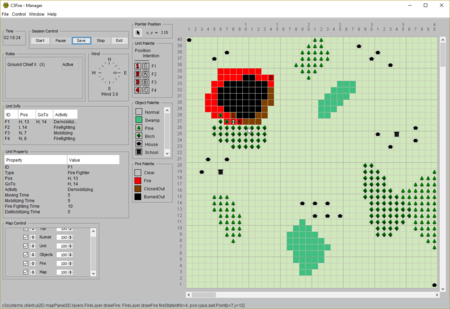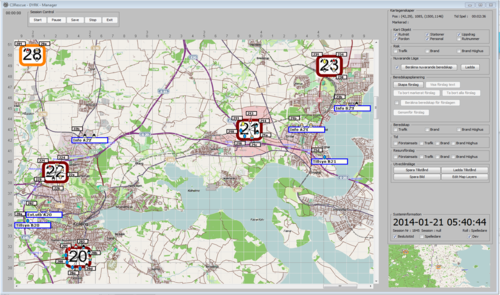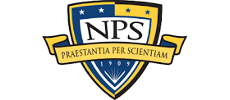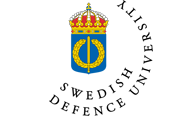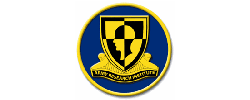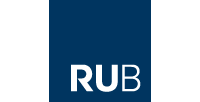Difference between revisions of "C3Fire"
| Line 13: | Line 13: | ||
because it creates a good dynamic task environment for the subjects. | because it creates a good dynamic task environment for the subjects. | ||
| − | [[File:c3fire-main-ui-manager.png| | + | [[File:c3fire-main-ui-manager.png|450px|C3Fire Manager User Interface]]  |
| − | [[File:C3rescue-main-ui-manager.png| | + | [[File:C3rescue-main-ui-manager.png|500px|C3Rescue Manager User Interface]] |
{{Multicol}} | {{Multicol}} | ||
Revision as of 21:50, 31 July 2021
C3Fire is a simulation environment that allows collaboration training and controlled studies of co-operation and coordination in dynamic environments. In C3Fire we have selected some important characteristics of the real world and created a small and well-controlled simulation system that retains these characteristics. The system generates a task environment that have complex, dynamic and opaque characteristics, similar to the cognitive tasks that people normally encounter in real-life systems. The task domain, which is forest fire fighting, is of subsidiary interest and has been chosen because it creates a good dynamic task environment for the subjects.
TrainingC3Fire can be used to train team decision making. It generates a task environment in which a group of people co-operate to extinguish a forest fire. The simulation includes a forest fire, houses, different kinds of vegetation, computer-simulated agents, such as fire-fighting units. The players who run the system are part of a fire-fighting organisation and can take on the roles of staff members or fire-fighting unit chiefs. Training GoalsTypical learning goals in C3Fire are to understand how to perform distributed planning, coordinated actions, communication and tactical reasoning. The trainee can experience problems with the decision process in the organisation; how to exchange information with other persons, to understand the others persons needs and goals, and to understand the importance of shared frameworks and shared goals. Possible training goals when training tactical reasoning is to train the staff in avoiding common known reasoning errors as; thematic vagabonding, encystment, decreasing willingness to make decisions, tendency to delegate and exculpation tendency.
Organisation size and taskThe C3Fire system have configuration features that make it possible to change the size of the organisation from 1 player to something around 16 depending on the capacity of the server. The communication tools and the players task and user interface can be individually configurated for all players in a session.
Training ManagementAll important events, communications, activities, etc. are recorded. The stored information is detailed enough for training analysis and play-back of the whole session. By using the replay function, the training manager and the students can perform a play-back of the whole session in an ‘after-action review’. That provides a good opportunity for the students to discuss their view of the situations and compare their situation awareness with the simulated reality.
|
ResearchC3Fire can be used in Command, Control and Communication research. It can be used to bridge the gap between the more ecologically valid field studies and strictly laboratory research. To make the environment generate a good reflection of a team collaboration tasks, the basic requirements that are met by the C3Fire environment are that the generated environment can be characterised by a dynamic context with distributed decision-making on different time scales. The decision making is carried out in a dynamic context. The decision task is distributed over a number of persons. And the decision makers can work on different time scales. To create a proper research session the organisation, communication structures and the task environment for the subject can be configurated.
MonitoringTo be able to analyse the collaborative work in the C3Fire system, computer based monitoring are used. The monitoring is integrated in the simulation and all the information tools used by the students. During a session the C3Fire system creates a log with all events in the simulation and all computer mediated activities, such as communication and individual work.
AnalysisC3Fire's analysis modules makes it possible to perform quantitative analysis and play back of whole sessions. The quantitative analysis can be performed on all the information received from the computer based monitoring. With the analysis modules the researchers can obtain frequency and statistics information, and perform SQL database queries on the collected session data.
|
Users
Examples of organizations that have used some of our systems:

